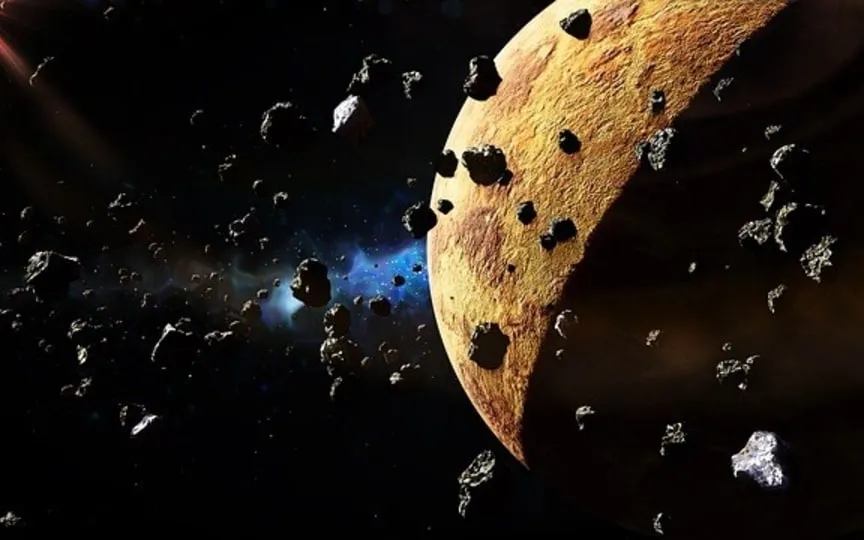NASA Alert: Near-Earth Asteroid Passes by Earth – Details on Size, Speed, and More
Discovering and tracking asteroids is crucial due to their frequent close approaches to Earth and the potential for impacts. Although the chances of these space rocks actually colliding with our planet are slim, their size and history of impacts still instill fear in the scientific community. Interestingly, asteroids seem to be causing trouble not only in reality but also in the virtual world of video games. Players of Bethesda’s new open-world RPG, Starfield, have reported encountering persistent asteroids that follow them wherever they go, even when they land on a planet’s surface. This amusing phenomenon prompted a lighthearted response from NASA.
In a separate real-life development, NASA has illuminated an asteroid that will pass very close to Earth today, September 21.
Details of Asteroid 2023 SJ
According to details revealed by NASA’s Center for Near-Earth Object Studies (CNEOS), this asteroid, named Asteroid 2023 SJ, is expected to make its closest approach to Earth today, September 21. Its orbit takes it up to 6.4 million kilometers away. close to the ground. Although this distance may seem large, it is astronomically quite short. It is estimated to travel at a speed of 59,348 kilometers per hour.
According to NASA, the near-Earth asteroid is not expected to hit the Earth’s surface and is not large enough to be classified as a potentially hazardous object. Asteroid 2023 SJ is estimated to be between 118 and 265 feet across, which is not large enough to be classified as a potentially hazardous object. It is almost the size of an airplane.
It belongs to Apollo’s group of Near-Earth Asteroids, which are Earth-passing space rocks with semi-major axes larger than Earth’s. These asteroids are named after the huge 1862 Apollo asteroid discovered by German astronomer Karl Reinmuth in the 1930s.
Asteroids were found hiding behind the Sun
Most asteroids are found in the main asteroid belt between Mars and Jupiter and can be easily observed with advanced ground-based and space-based telescopes. However, scientists have now found 3 hard-to-see asteroids hiding behind the sun’s glare!
According to NASA, one of them is the largest object potentially dangerous to Earth that has been discovered in the last eight years. To find and observe them, the team used the Dark Energy Camera (DECam) mounted on the Victor M. Blanco 4-meter telescope in Chile, a program of NSF’s NOIRLab. The region around the Sun is a very challenging place to locate celestial bodies because astronomers have to deal with solar glare.




